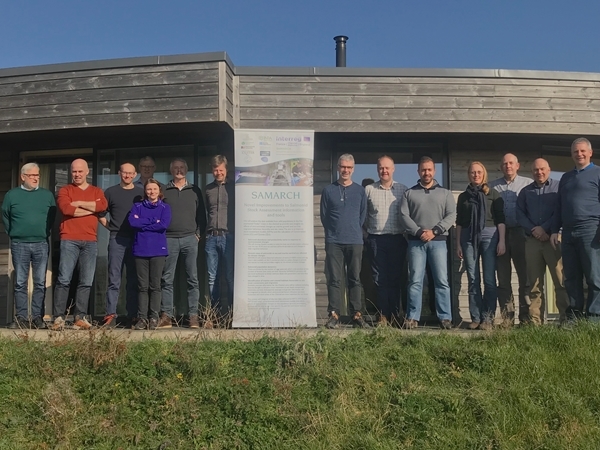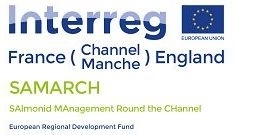
FIFTEEN scientists from eight European countries met in Dorchester last week to discuss strategies to help assess and manage sea trout populations across Europe.
The group represents the ICES working group, WGTRUTTA, and were hosted by the Game & Wildlife Conservation Trust (GWCT) and the SAMARCH project at a week-long workshop.
Understanding the biology of the sea trout is a key pillar of developing assessment methods to improve management and protection. The WG has summarized the scientific literature on ecological factors affecting the abundance and life history of sea trout.
Sea trout is a complex species and understanding their life history involves science in a multitude of environments. Members of the group are currently evaluating models of habitat variation within rivers and between catchments, occurrence of lakes, migration obstacles and resident trout, as well as the representativeness of index rivers, for larger areas, with sparse information.
One approach to assess the status of a population is to establish biological reference points, e.g. maximum productivity that could be calculated from stock-recruitment relationships or estimated unspoiled abundance levels.
Another approach may be to use length-based indicators of sea trout stock status and the group has published one paper describing the development of this approach and are working on applications.
The group has further developed the application of a model used to assess the potential maximum density of trout in a given type of habitat; the Trout Habitat Scores. This model is now being tested using data from Sweden and Northern Ireland.
A ‘one-size-fits-all’ option is highly unlikely to suit sea trout assessment everywhere, but a suite of tools is more promising, especially if they can be targeted towards a relatively small number of sea trout stock groupings. A grouping proposed for 16 sea trout stocks in England and Wales, based on growth rates and longevity will be tested and developed across the natural range of the species.
SAMARCH project staff and GWCT’s head of fisheries research Dr Rasmus Lauridsen hosted the event and said: “The meeting was very productive, and we discussed in depth how the outputs of SAMARCH would feed into WGTRUTTA going forward.”
SAMARCH is part funded through the European Union’s Interreg VA Channel Programme www.samarch.org


Notes to editors
The Game & Wildlife Conservation Trust – providing research-led conservation for a thriving countryside. The GWCT is an independent wildlife conservation charity which has carried out scientific research into Britain’s game and wildlife since the 1930s. We advise farmers and landowners on improving wildlife habitats. We employ more than 60 post-doctoral scientists and other research staff with expertise in areas such as birds, insects, mammals, farming, fish and statistics. We undertake our own research as well as projects funded by contract and grant-aid from government and private bodies.
For information, contact:
Eleanor Williams
Telephone: 07592 025476
Email: press@gwct.org.uk